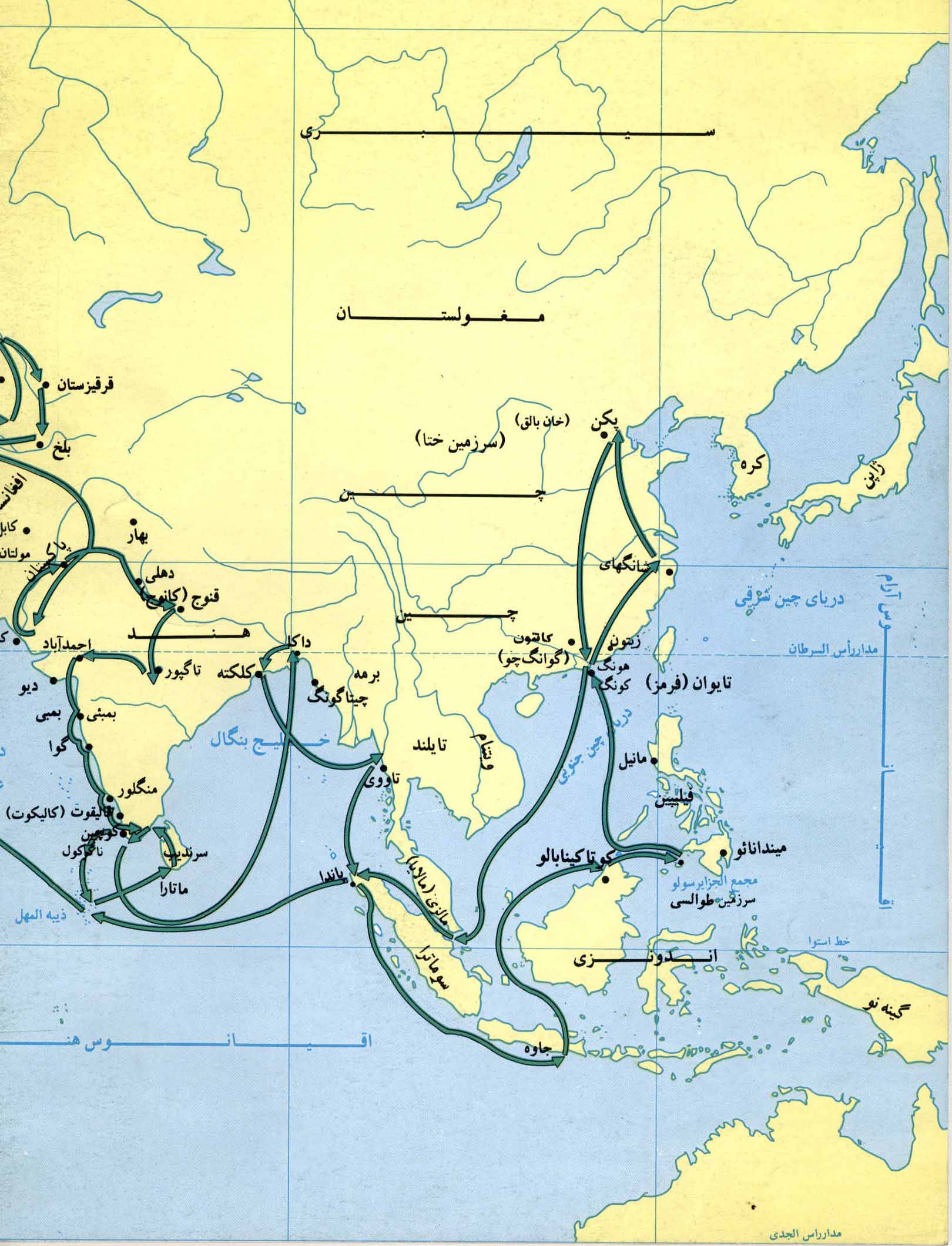Document Type : Research Paper
Author
Master of Geodesy
Abstract
Absolute positioning is the use of a unique GPS receiver. In the instantaneous measurement and processing of GPS data, accuracy of positioning of points is limited by errors such as those of satellite orbit, the deliberate S.A noise, effects of propagation of carrier waves in the receiver's environment and errors due to the reflection of waves from convex and polished surfaces. Usually in such situations the accuracy of absolute positioning in the direction of horizontal components is about 100 meters (at the confidence level of 95% errors) and in the altitude component about 156 meters. Major errors are mostly due to satellite orbits or deliberate S.A. noise. S.A. is a method by which the satellite control stations intentionally transmit an orbital error of about 100 meters to satellites, which limits the desirable accuracy of access for GPS users when determining absolute and instantaneous position using the technology mentioned above.
To solve this problem, we need to have accurate orbital parameters as well as corrections for the satellite clock (time). Only a certain number of government agencies have access to such parameters, so we can have access to satellite clock’s corrections (for implementation of accurate interpolation calculations) for just a short time. Due to rapid changes in satellite clock’s error owing to the implementation of S.A., we always need to know the corrections related to constant positioning. The Geodetic Mapping Unit of the Canadian National Resources Agency is one of the first governmental organizations that produces such information according to a general principle.
In order to gain a good level of accuracy by utilizing constant positioning information, in November 1993 the first experimental trip of a marine vessel without a coastal navigator was conducted with the aim of examining GPS positioning. The results of this experiment are summarized below.

